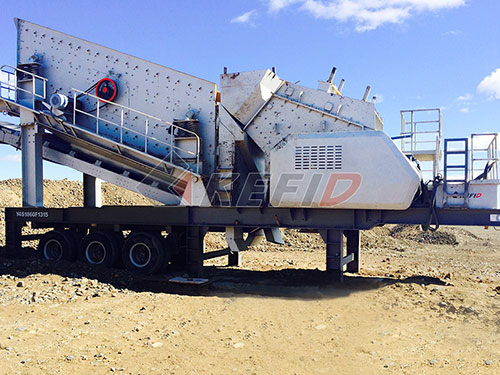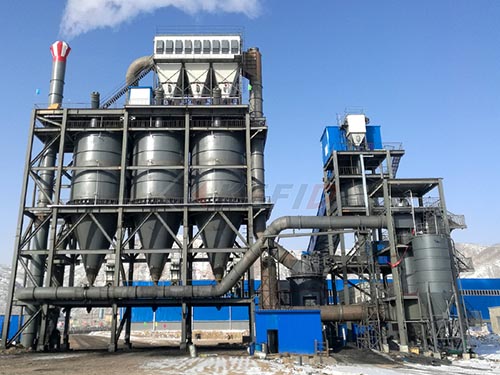
Building Your Own Rock Crusher: A Practical Guide for the Determined DIYer
Commercial rock crushers represent a significant investment, often putting them out of reach for hobbyists, small-scale prospectors, or homesteaders needing occasional aggregate. This reality leads many resourceful individuals to consider building their own. While demanding careful planning, execution, and paramount attention to safety, constructing a homemade rock crusher can be a rewarding and cost-effective project.
Core Principle: Leverage Over Raw Power
At its heart, a rock crusher (especially the most common DIY type, the jaw crusher) works on simple mechanics: applying focused force to break rock between two hardened surfaces. One surface (the fixed jaw) remains stationary. The opposing surface (the movable jaw), powered by leverage or mechanical advantage, moves in a cyclical motion towards the fixed jaw. Rock fed into the top opening (“feed opening”) is progressively crushed smaller until it falls through the gap (“closed side setting”) at the bottom.
Essential Considerations Before You Begin
1. Safety is Non-Negotiable: This project involves significant hazards:
Flying Debris: Crushing rock generates high-speed fragments. A fully enclosed design with thick steel walls is mandatory.
Pinch Points: Moving jaws and linkages create severe crush hazards. Robust guarding is essential.
Dust: Silica dust is a serious health hazard requiring effective dust suppression (water misting) or collection systems AND proper respirators.
Noise: Ear protection is absolutely required; these machines are extremely loud.
Structural Integrity: Failure under load can be catastrophic. Over-engineer critical components.
Electrical Safety: Proper grounding, circuit protection, and wiring practices are vital if using electric motors.
2. Define Your Needs:

Material Type: Hard granite? Soft sandstone? River gravel? Harder rocks demand stronger materials and more power.
Feed Size: What’s the largest rock you need to crush?
Desired Output Size: Do you need coarse gravel (1-3 inches), smaller aggregate (3/4 inch), or fines for compaction?
Throughput: How much material do you need to process per hour? This dictates power requirements.
3. Choosing Your Design:
Jaw Crusher: Most common DIY design due to relative simplicity. Uses two vertical jaws – one fixed,

Leave a Reply